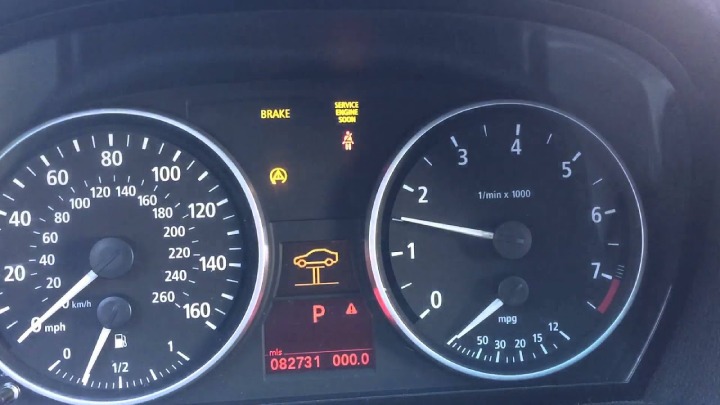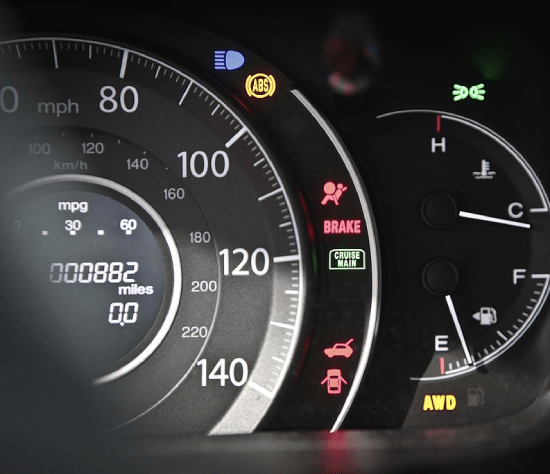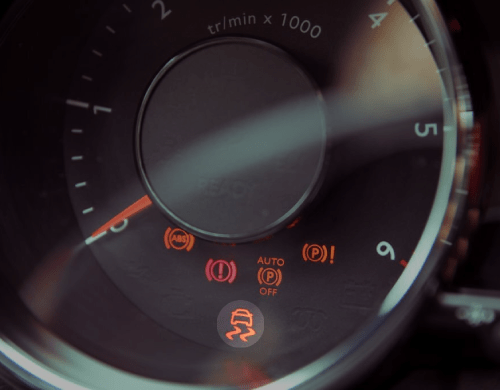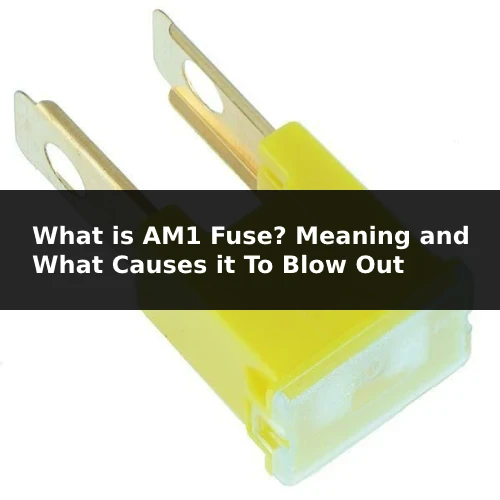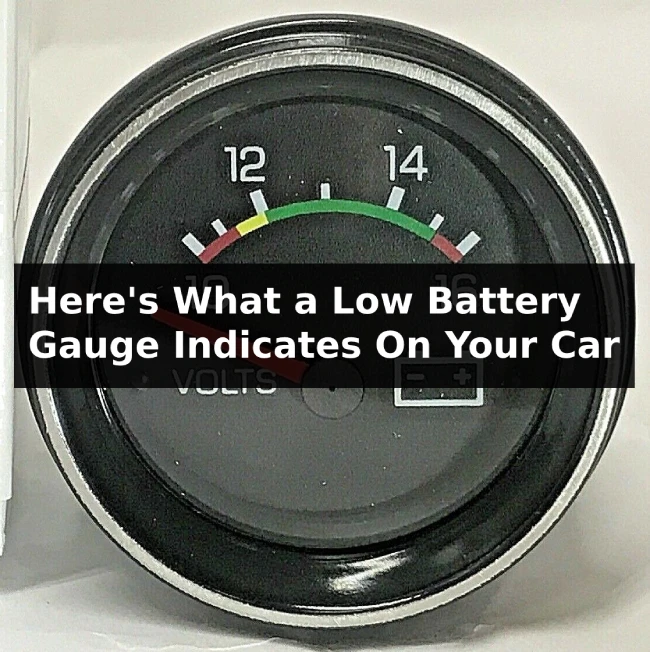If you have owned cars for more than a couple of years, you have probably experienced some blown fuses with your car. There’s nothing worse than driving the car and all of sudden, the engine starts sputtering, just like you would run out of fuel.
You glance over the fuel gauge and notice that there’s still fuel in the tank! You are most likely dealing with a blown fuel pump fuse, preventing the fuel pump from functioning correctly and starving the engine from fuel.
Here is what a blown fuel pump fuse can mean
A fuel pump fuse can blow out for a couple of reasons, but most frequently is a short to ground or an electrical surge in the circuit. A short to ground, often known as a short circuit, indicates a fault in the wiring harness to the fuel pump.
While not expensive to replace, a blown fuel pump fuse can indicate further faults with your car or truck, which you should investigate.
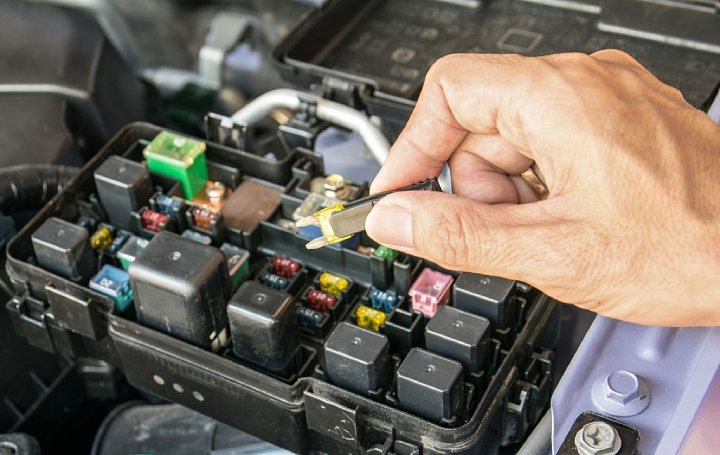
Possible causes why your fuse keeps blowing out
The most obvious answer would be to get it to a repair garage and have a certified mechanic investigate the problem.
However, if you decide to take the matter into your own hands, be prepared to spend hours on end looking for the fault.
Here are the three main causes that can cause your fuel pump fuse to blow up repeatedly:
- Excessive amperage drawing
- Wiring harness problem
- Bad fuel pump relay
I will discuss these in further detail and what you should do, but before moving forward, let’s look at the role of a fuse and how it works.
What is the role of a fuse?
The role of a car fuse is to act as a safety mechanism, preventing components from electricity surges, in this case, the fuel pump. The way it works is, as soon as a stronger current passes through it, the metal wire strip will burn out, hindering the electricity flow and breaking the circuit.
How to identify a blown fuse?
A visual inspection of the fuse will rapidly tell us if the fuse is blown out. The wire within the fuse will have burned down from the electrical surge. If you are not sure, get your hands on a multimeter, and you will be able to tell if a fuse has blown out without even pulling it out.
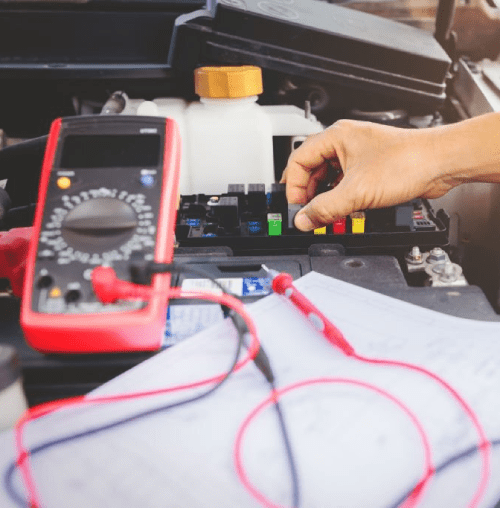
All you have to do is connect the black lead to the Common socket, and the red lead to the Ohms socket on your multimeter.
Turn the dial to the lowest range of Ohms on your device, usually about 200 ohms.
Touch the tips of the leads to check that the device is working. You should notice little to no resistance when the metal tips are touching.
Now place the fuse on a non-conducting surface, such as plastic or wood, and touch each end of the fuse with the metal tips of the multimeter.
A blown fuse will show high resistance, causing the numbers of your multimeter to not change. If the fuse is still working, you should see little resistance.
Related content: Car Starter Drawing Too Much Power? Here’s Why
What should you do if your fuel pump fuse keeps blowing
Remember the three most likely scenarios listed above? It’s time to dive in and see what one should do to test for each cause. You won’t need many tools, apart from a volt ohmmeter, but the process can be tedious.
Unfortunately, there is no easy way of telling what the problem is, therefore you should equip yourself with plenty of time and patience.
1. Excessive amperage drawing
Now that you have a basic understanding of what a fuse does, you will need a volt ohmmeter to measure the current your fuel pump is drawing.
The next step is to find out if the fuel pump is the only device on the circuit. If not, you will have to check every device found on this fused circuit and identify the one drawing excessive amperage.
If you are not familiar with this, finding a wiring diagram for your make and model is easiest.
After monitoring the pump’s current draw, you will need to find out the specified limits given by the manufacturer. If the fuel pump is drawing excessive amperage, it can mean a higher load than normal on the pump.
This can indicate a restriction in the fuel delivery line, which a specialist should further investigate. This can range from a clogged filter to other restrictions in the fuel delivery line, putting pressure on the pump.
2. Wiring harness problem
If you have measured the current draw of the fuel pump and you can match it within limits provided by the manufacturer, you most likely have a wiring issue.
An easy method to test this without spending hours meticulously going over the entire circuit is to bypass it.
You literally try to create an alternative circuit, in this case, re-wiring the fuel pump. After you finish, ensure that everything is set up correctly and give the car a try.
If everything works as normal, then your problem is the wiring circuit.
The solution to this is to replace your fuel pump wiring circuit.
3. Bad fuel pump relay
While not very common, a bad fuel pump relay can cause your fuel pump fuse to blow out. To test this, you will need to have a multimeter.
- Locate your relay, normally found in the fuse box, and pull it out.
- Give the prongs a good clean, ideally using a wire brush
- Check out the relay for a diagram, which will tell you what prongs to connect the power and multimeter to.
- If you have not done so already, set your multimeter to ohm setting.
- Use jumper wires to connect the relay terminals to the battery of your car. At this stage is important to listen for a clicking sound, which indicates if the relay is still functioning.
- Connect your multimeter probes to the remaining 2 prongs on the relay.
- Now you should be able to see if there is any resistance in the relay. A reading of 0 or close to 0 (e.g. 0.001 – 0.003) will confirm there is no resistance, while anything bigger will tell that you have a faulty fuel pump relay.
The obvious solution to this is to get a new fuel pump replay.
FAQs
As it might be the first time when you are dealing with a blown fuel pump fuse, here are some short Q&As to help you better understand the dangers of a blown fuse.
Where is the fuel pump fuse located?
Depending on your vehicle, the fuse box is generally located under the hood of your car or under the dashboard. However, you might notice that there are multiple fuses, each having a different role. So, which one is the fuel pump fuse?
For the most accurate answer, please consult your owner’s manual, as there is information describing each fuse.
Can a blown fuel pump fuse cause a fire?
While not very common, there is a fire risk when the fuse blows. This allows uncontrolled electric current to flow through the circuits, which could lead to a short-circuit, and potentially fire.
Therefore, it is important to assess the vehicle’s condition as soon as you notice any malfunction.
Can I replace it with a bigger fuse?
No, you should never replace a blown fuse with a higher amperage fuse. Unfortunately, things are not that simple. Without going into too many details, the fuse is supposed to be the weakest point of the electrical circuit, allowing it to blow up first and protecting the rest of the components.
Final thoughts
As you probably know already, cars are complex machines, and whenever there is an issue, it might not be a quick fix.
I always recommend my customers seek professional advice from a certified car mechanic whenever they encounter more complex issues with their cars or trucks.
Sources
My name is Jeffrey Williams and I have been a car mechanic for over 35 years. I am currently working NYC Auto Repair Shop, in New York City and recently developed a strong passion about blogging. I decided to put together this blog where I will try and answer the most commonly asked questions I get on a daily basis from my customers.

